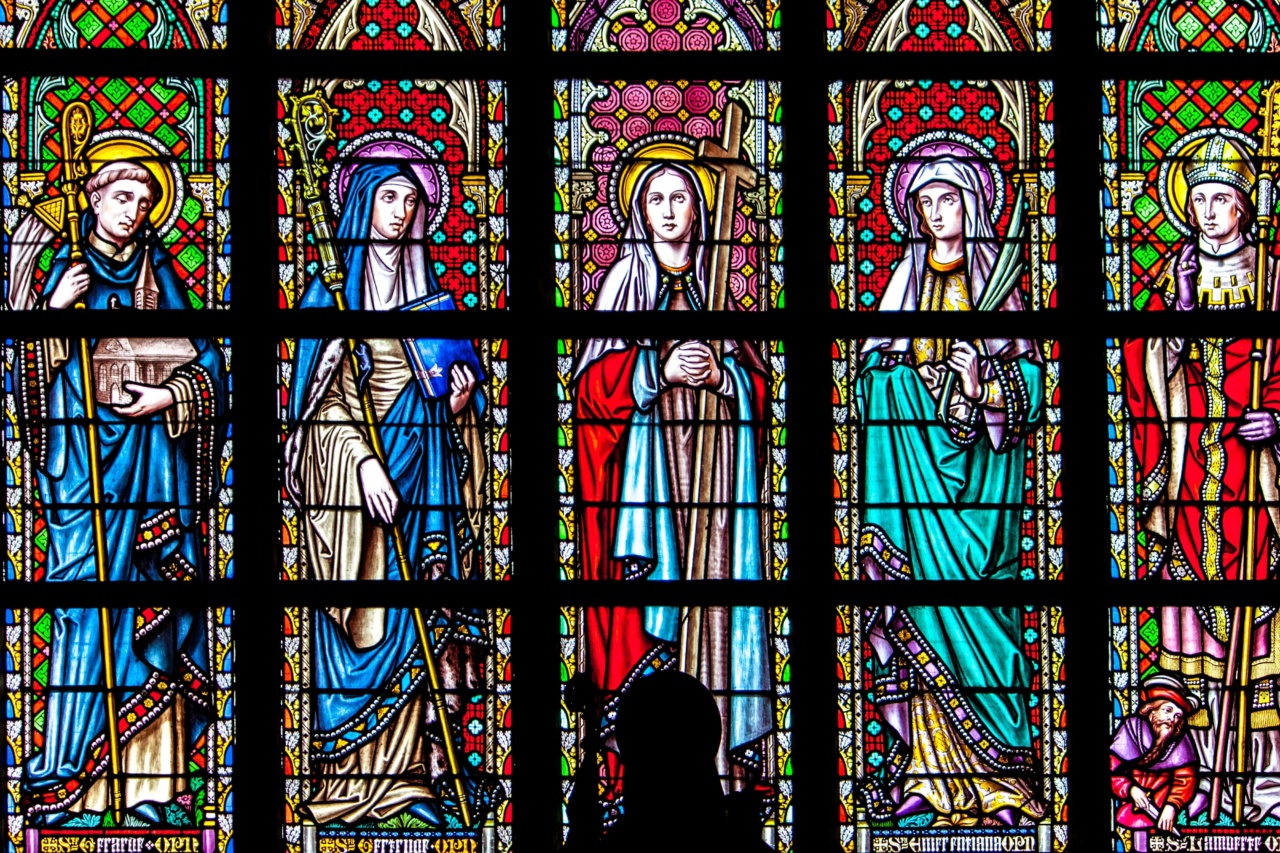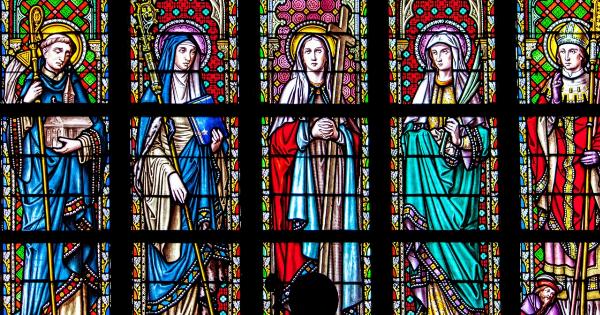The Virgin Mary holds a revered place in Christian theology and is considered one of the most important figures in the Bible. The concept of her virginity has been a topic of debate and controversy throughout history.
In this article, we will delve into the various interpretations surrounding the Virgin Mary’s virginity, separating fact from fiction based on religious texts, historical context, and theological perspectives.
Religious Texts: Biblical Accounts
The primary source of information about the Virgin Mary is the Bible, specifically the New Testament. Two Gospels, Matthew and Luke, provide detailed narratives about Mary’s conception and the birth of Jesus.
Both accounts emphasize her virginity, with Matthew stating, “Behold, a virgin shall conceive and bear a son” (Matthew 1:23). These biblical passages present the belief in Mary’s perpetual virginity as a fundamental element of the Christian faith.
Historical Context: Jewish Customs
To understand the concept of Mary’s virginity, it is important to consider the historical and cultural context of ancient Judaism. In Jewish society, virginity held great significance and was highly valued in women.
It was customary for women to remain virgins until marriage, and any deviation from this expectation was frowned upon. Therefore, the claim of Mary’s virginity in the Gospel accounts aligns with the societal norms of the time, emphasizing her purity and obedience to God.
Theological Interpretations: Perpetual Virginity
The doctrine of the perpetual virginity of Mary developed within the early Christian Church. It asserts that Mary remained a virgin before, during, and after the birth of Jesus.
This belief is supported by certain theological arguments and interpretations. Proponents of perpetual virginity cite biblical passages that mention Jesus’ “brothers and sisters” (Matthew 13:55-56) as possibly referring to close relatives or step-siblings rather than biological siblings.
They argue that if Mary had other children, Jesus would have entrusted her care to them, as was customary in Jewish culture, instead of assigning the responsibility to John (John 19:26-27).
Alternative Views: Virgin Birth vs. Virginity
While the concept of the Virgin Mary’s virginity is widely accepted in Christian theology, there are alternative perspectives on the degree and nature of her virginity.
Some scholars argue that the emphasis on Mary’s virginity should be understood primarily in terms of the miraculous conception of Jesus rather than her perpetual physical virginity. They suggest that the term “virgin” should be interpreted metaphorically as a sign of divine intervention rather than a strict biological state.
According to this view, Mary may have had children after the birth of Jesus, as suggested by the references to Jesus’ brothers and sisters in the Gospels.
Artistic Representations: Symbolic Virginity
Throughout history, various artistic representations of the Virgin Mary have contributed to the perception of her virginity.
The artistic tradition often portrays Mary as eternally young and pure, emphasizing her virginity as a symbol of her holiness and divine favor. These depictions, found in paintings, sculptures, and other forms of artwork, serve as visual representations of the theological concept of Mary’s perpetual virginity rather than literal interpretations of her historical existence.
Historical Criticisms: Cultural Bias
Critics of the concept of Mary’s perpetual virginity argue that the belief arose from a patriarchal society seeking to uphold idealized notions of female purity and chastity.
They contend that the emphasis on Mary’s permanent virginity reflects a cultural bias that devalues the importance of women’s sexuality and reproductive capacity. This perspective critiques the perpetuation of restrictive gender roles and the deification of Mary as a passive and asexual figure.
Conclusion: Multiple Interpretations
Separating fact from fiction regarding the Virgin Mary’s virginity is a complex task that involves exploring religious texts, historical context, theological perspectives, artistic representations, and cultural biases.
While the biblical accounts unquestionably assert Mary’s virginity, the interpretation and significance of this virginity vary among different theological traditions and schools of thought. The concept of perpetual virginity has deeply influenced Christian theology and devotion, symbolizing Mary’s holiness and dedication to God.
However, alternative perspectives that emphasize the symbolic or metaphorical nature of Mary’s virginity also exist. Ultimately, the belief in the Virgin Mary’s virginity continues to be a matter of faith and interpretation within religious communities.






























